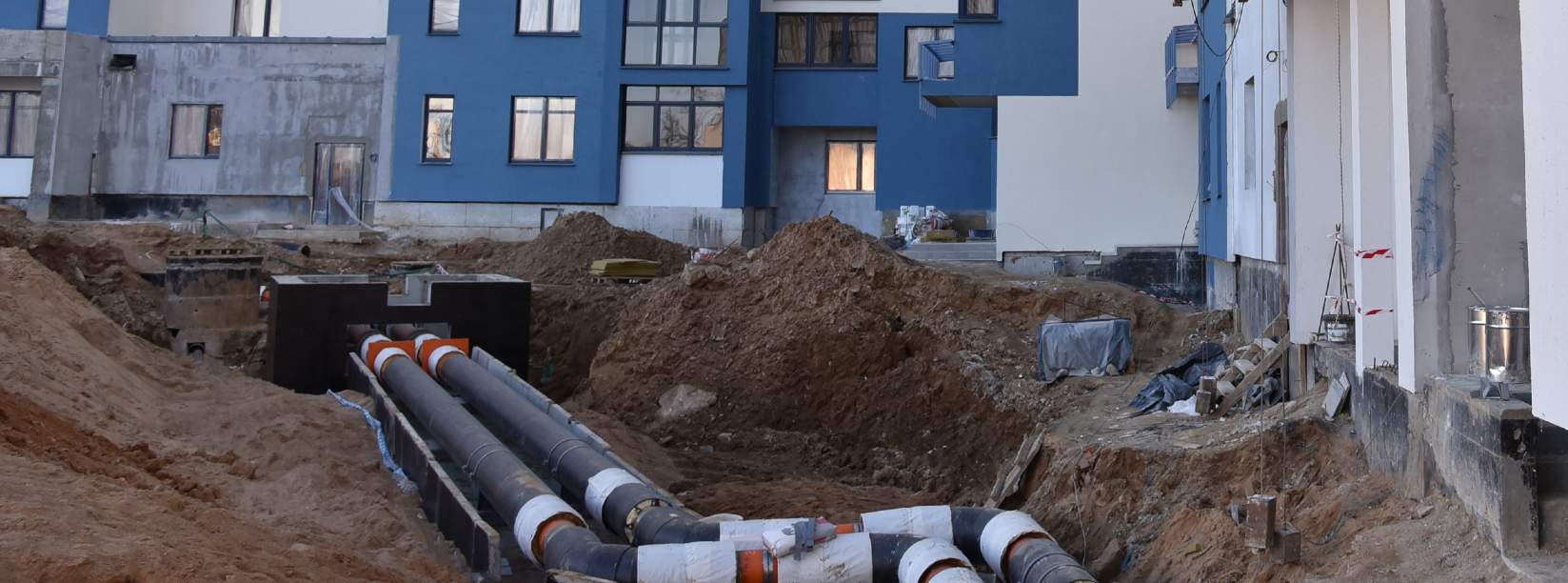It is estimated by the Climate Change Committee that around 18 per cent of UK heat will need to come from heat networks by 2050 if the UK is to meet its carbon targets cost effectively.
Heat networks (also known as district heating) supply heat from a central source to consumers, via a network of underground pipes carrying hot water. Heat networks can cover a large area or even an entire city, or be fairly local, supplying a small cluster of buildings. This avoids the need for individual boilers or electric heaters in every building.
There are many possible technologies that can provide the input to a heat network including renewable sources such as energy from waste plants, biomass and solar.
Heat is brought into each building through a ‘heat exchanger’ which, for a residential connection, is about the same size as a small gas boiler. All the same heating controls are available and to the end user the central heating and hot water system works in the same way as a domestic gas-fired central heating system without the need for any combustion to take place inside the building.
Heat networks can be various sizes and serve various combinations of building types. They can be extended over time, and new demands and heat sources can be added to the network.
Heat networks are particularly attractive in high-density built-up areas such as city centres and for some more rural off-gas grid communities, where fabric first energy efficiency solutions are challenging, such as in historic buildings.
Further information
Contact Thomas McMillan or Chris Cummings

.jpg)







.jpg)
.jpg)